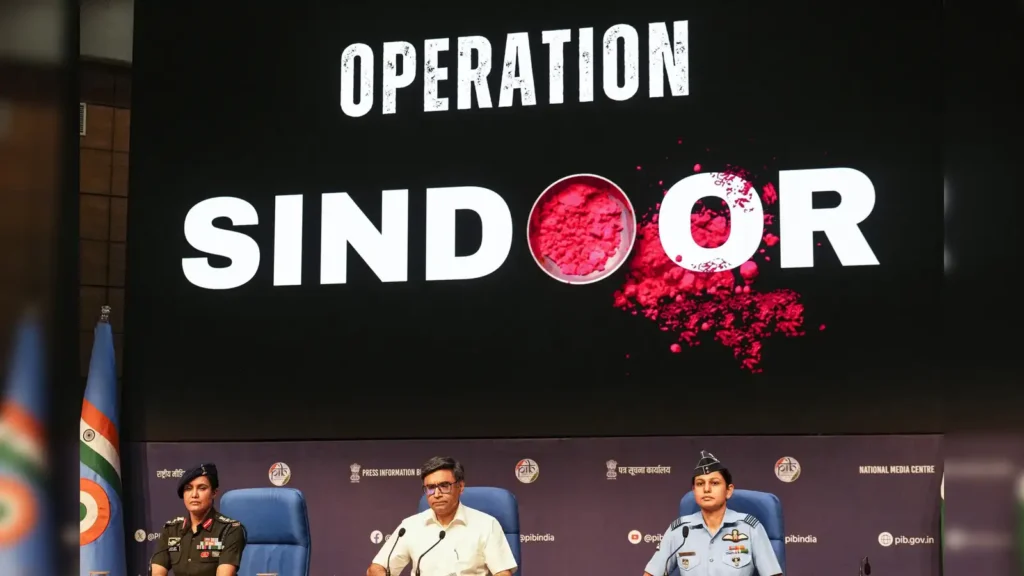India was once seen as a developing and peace-loving nation, but over the past decade its global sphere of activity and diplomatic influence has grown dramatically. The precise response to the Pahalgam terror attack under Operation Sindoor sent a message of India’s operational capability to the international community. At the heart of this transformation is the visionary leadership of Prime Minister Narendra Modi, who has strategically conducted foreign visits right from the beginning of his tenure in 2014.
The Modi government’s 88 foreign visits between 2014–2025 included visits to 73 countries, prominent among them the US (10), Japan, Russia and the UAE (7 each). Each visit emphasised security, investment and technological partnerships, reinforcing ‘Brand India’. The reaffirmation of statutory ties with Israel, the Rafale and other defence deals, and active participation in both the Quad and the Shanghai Cooperation Organisation (SCO) underlined India’s strategic autonomy.
In its diplomacy against terrorism, India exposed Pakistan-sponsored networks at the global level. India’s active presence in the UN, G7 outreach, BRICS and COP conferences ensures a global hearing. In the same sequence, the ‘Vaccine Maitri’ initiative during Covid-19 established India’s global public welfare policy by making vaccines available to more than 100 countries.
There was also success in attracting investments in various sectors—the bullet train project from Japan, large infrastructure investments from the UAE and other countries, and the India-US technology partnership boosted the economy. Also, the emotional connect with the NRIs and the global community from Madison Square Garden to the United Nations General Assembly established India’s image as a ‘Vishwa Guru’.
Overall, Prime Minister Modi’s foreign policy has transformed India from a listening nation to a diplomatically leading global partner. A decade, a vision and unwavering resolve have made India a central agency in world politics.

